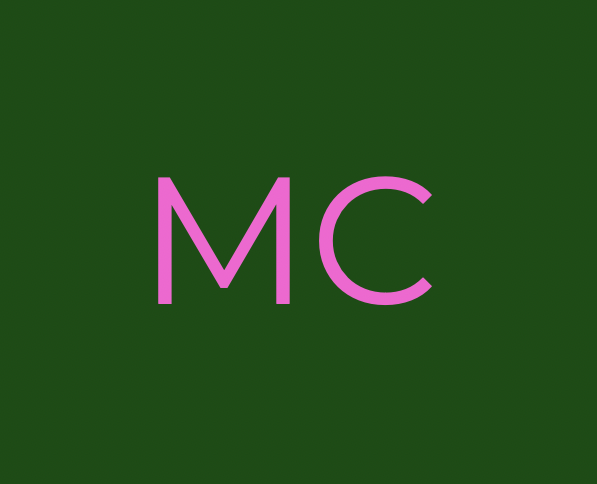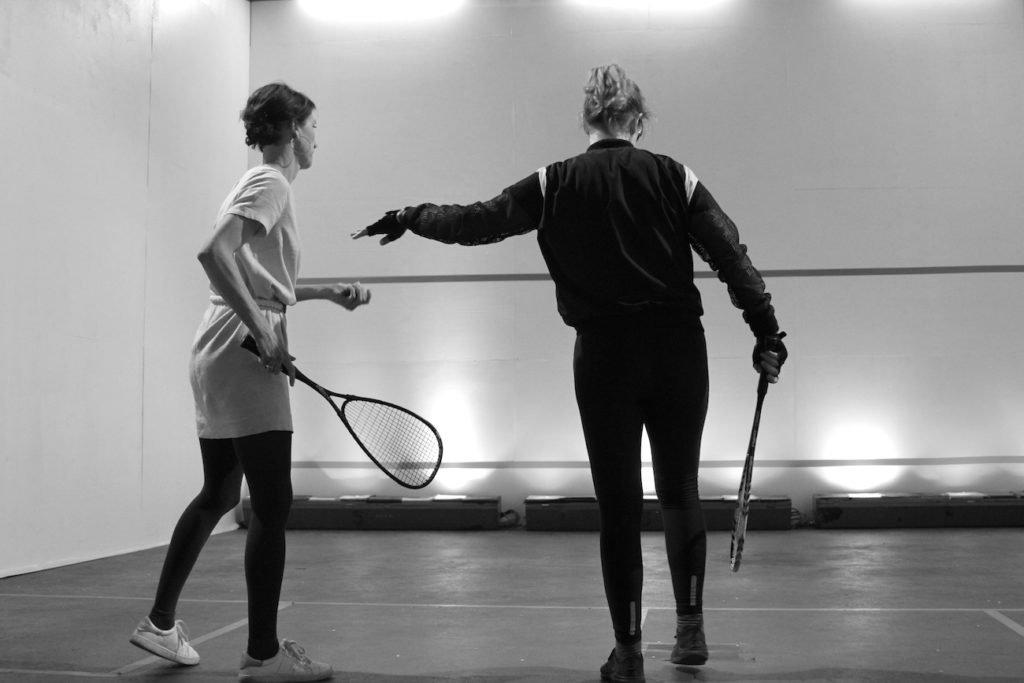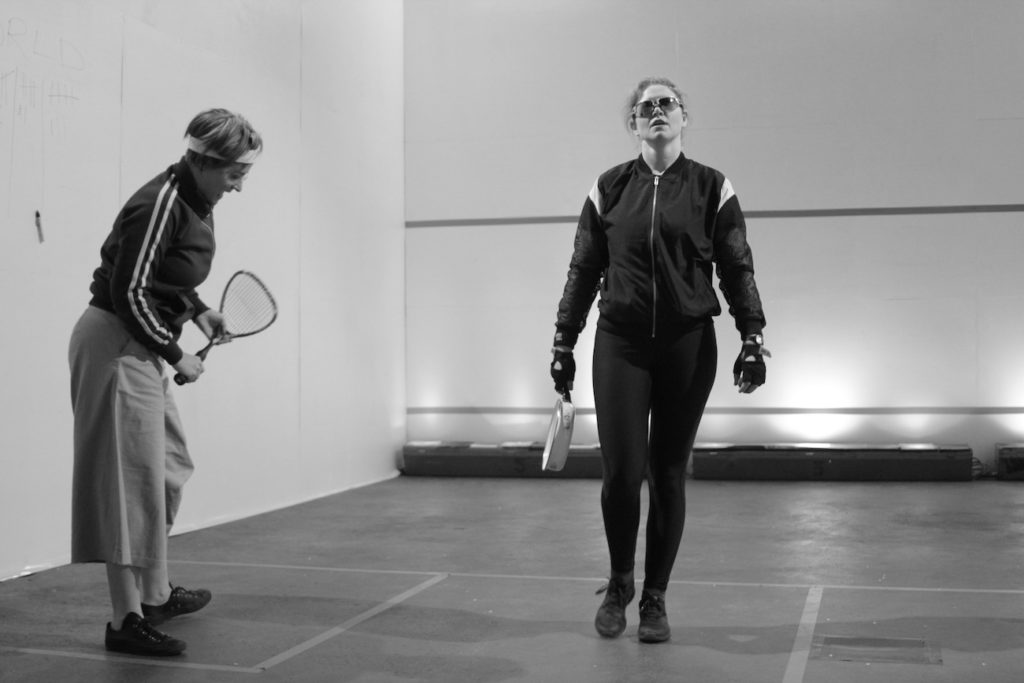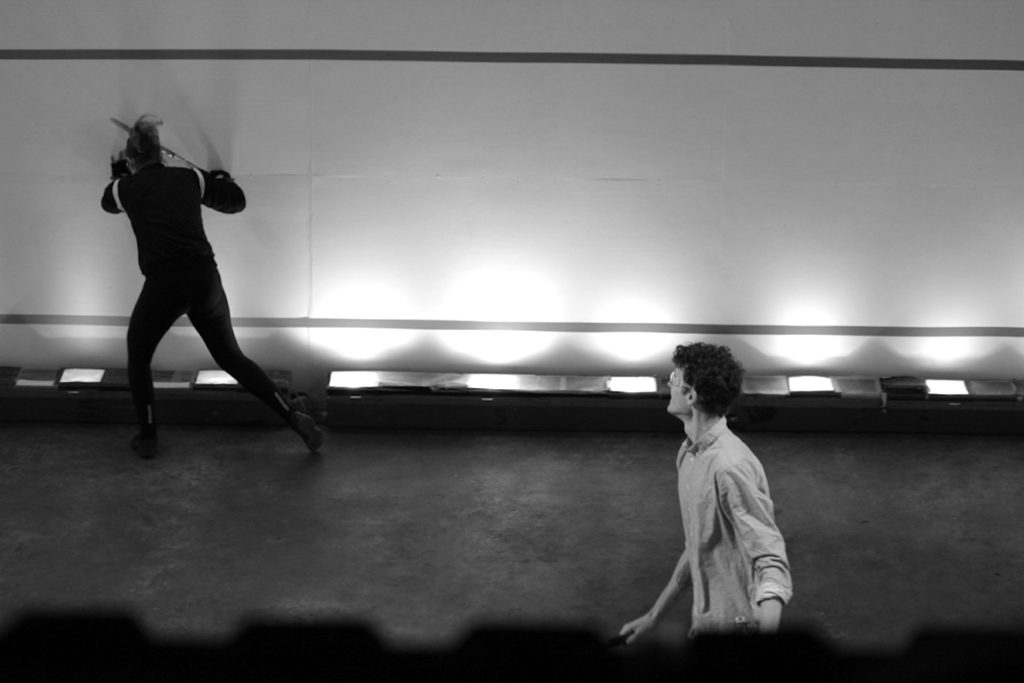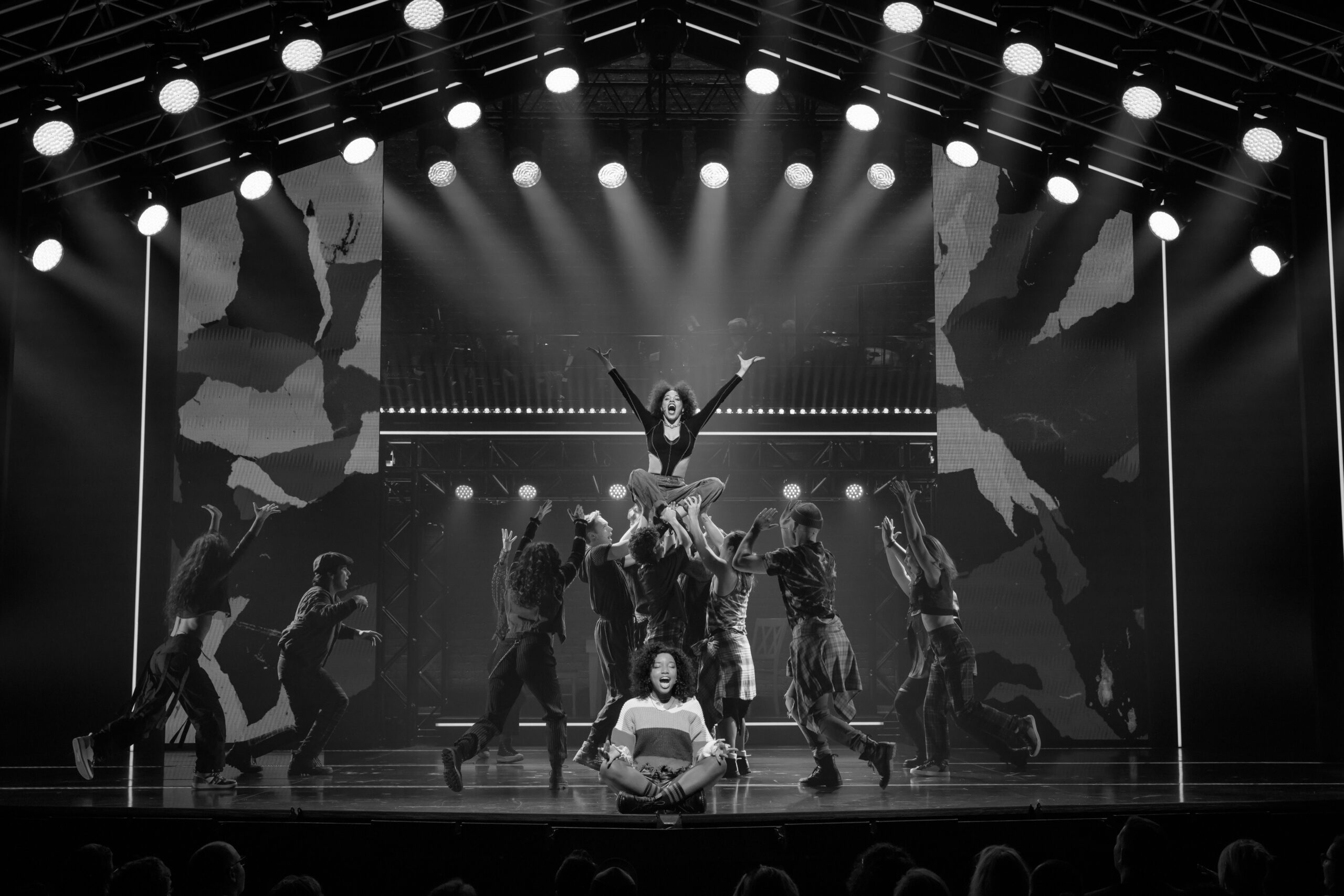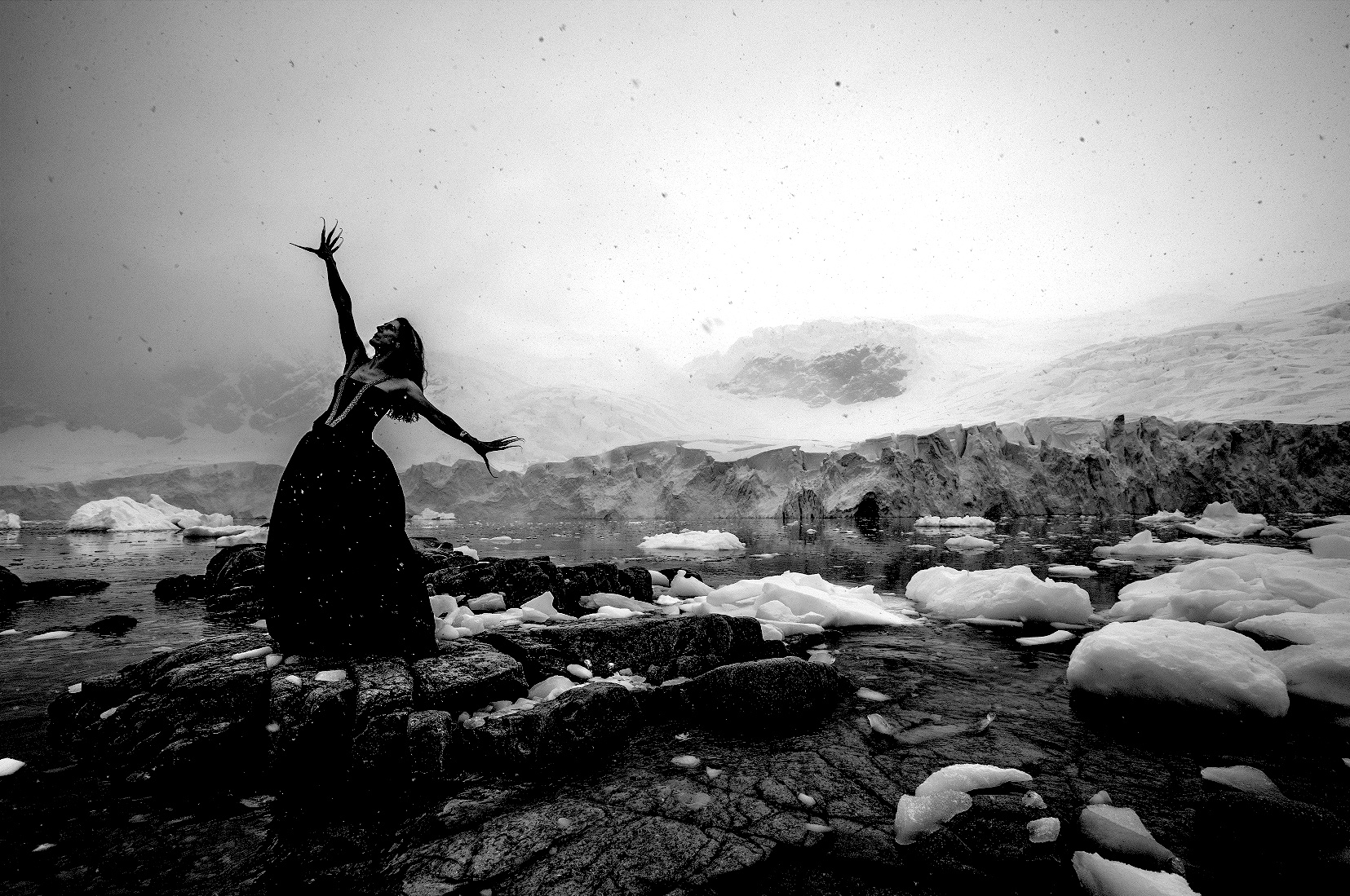SQUASH!
Ricocheting off all four walls for one spectacular night only, SQUASH! is a grand tournament like no other – a series of exhibition(ist) squash matches between the athlete and her public challengers. Fast- paced and unapologetically violent, SQUASH! smashes egos, conflicts and rivalries around the court, as contestants struggle in a bizarre cavort of politeness, tension and aggression within a confined space. It’s a fiery showdown that lays all bare for public consumption. Think bright lights, cheer squads and glitter canons!
Created by South Australian artist Meg Wilson whom spoke with The Melbourne Critique, about how her work aims to provoke imposed perplexity, uneasiness and a sense of drama in the everyday.
Meg, introduce us to your practice and how this work has evolved.
I am an Adelaide-based interdisciplinary artist who works predominantly with large- scale and often site-specific installation and performance. I aim to provoke imposed perplexity, uneasiness and a sense of drama in the everyday, through explorations of performativity of space and audience encounter with the ordinary, within the context of the out- of-the-ordinary. I have come from a visual arts background and have slowly worked my way into design for theatre. SQUASH! is a huge shift from my early practice. Through a desire to collaborate, I made connections with performers and now frequently devise work with Ashton Malcolm and Josephine Were. A further desire to explore the body and self as a brutally honest medium for art-making I began to produce endurance pieces (mostly) within the context of sport. I genuinely often have no idea whether I will be able to achieve the intended outcome of a performance.
SQUASH! has evolved through a series of performative installations that explore the fine line between success and failure, with particular regard to women scrutinised in the public eye. I use sport as an environment and brutally honest agitator for anxiety, vulnerability, constructs of fairness and heightened awareness of the space that a female body occupies.
Why Australia reluctance to embrace woman in sport, what kinds of challenges are still face within the industry and society at large?
I believe that in general Australia does want to embrace woman in sport and the introduction of codes such as the AFLW has proven this. However, as far as we’ve come I think as a society we still have issues with women openly admitting they strive for positions of power or overtly pursue extreme aspirations. As well as this, there is a common perception that female sports are less exciting than men’s – which could be blamed on poor coverage, lack of resources and unsustainable or rather, non-existent, pathways for careers in sports at an elite level for women.
How are the audience involved and brought into this work, what should they expect to have experienced and walked away having felt?
The project plays with notions of vulnerability, measures of success, failure, ego, macho-ism, dignity, constant scrutiny and the mental and physical limitations of a human being through a live performance that exploits conflict, aggression, personal boundaries and power relations, within a feminist perspective.
For this event, I will assume the persona of WILSON – an egotistical squash-playing athlete – who will challenge opponents in a Festival of Live Art (FOLA) context, extending over 4 hours of continuous play, 8pm until midnight. The majority of opponents are festival-goers who sign up to play a half hour squash match squash against WILSON. While there is an overall structure to the endurance event, the project actively champions unexpected exchanges between artists and audiences. People are able to view the action on the squash court from a viewing platform above. Once they have gained entry to the City Baths venue audiences are able to come and go from the SQUASH! viewing platform – perhaps returning to cheer for a friend who is taking on WILSON, or to return to witness the absurd progression of events fuelled by dueling egos and WILSON’s frustration, degradation and demise. Audiences are also welcome to stay for the entire four-hour event.
The intersection, between art and performance, is it something easily defined?
As an artist who spans many disciplines, I definitely struggle to pin down exactly what type of art I’m doing at any one time or define what it is that I do. The fact that it sits at a shifting point of intersection is what makes live art (or perhaps for me, visual art in the context of performance), a very exciting juncture where unexpected happenings create stimulating and confronting art experiences for both audiences and artists.
If you could change one thing about the world today, what would it be?
At the risk of sounding simultaneously dismissive, idealistic and thoughtless, I would obviously change the inability of close-minded people to recognise the gross inequality that exists in the world.
